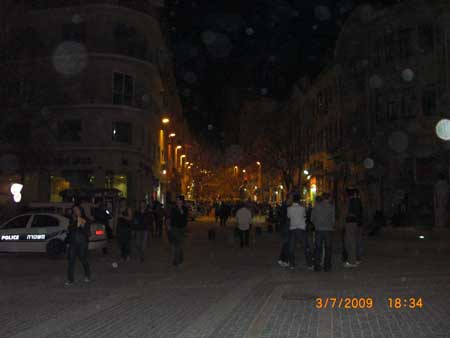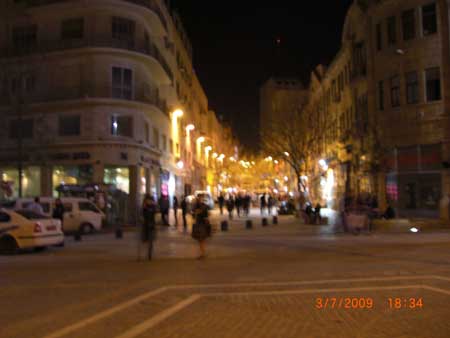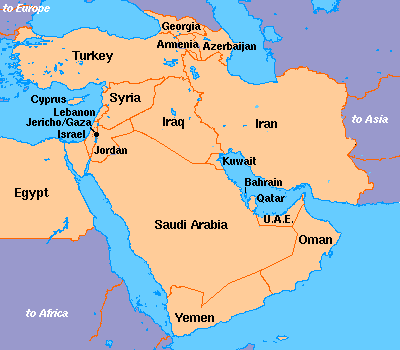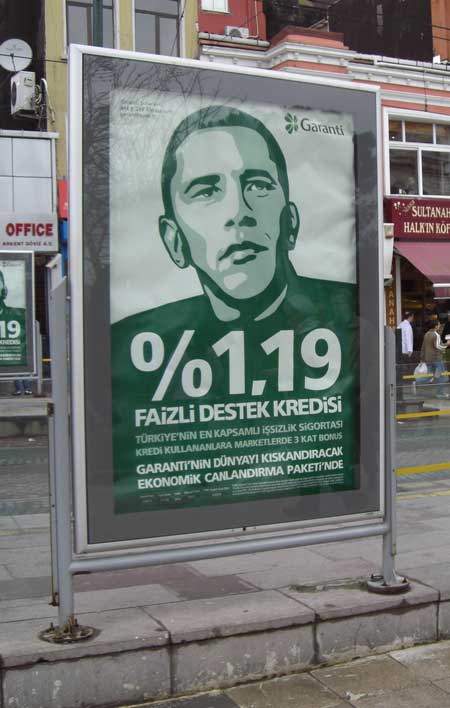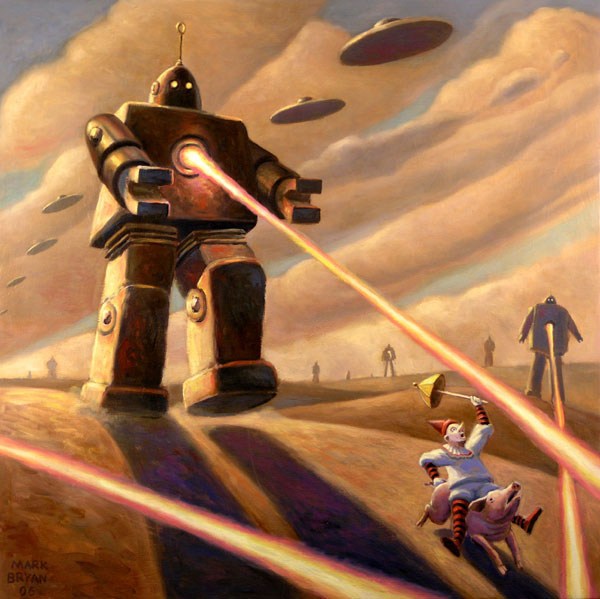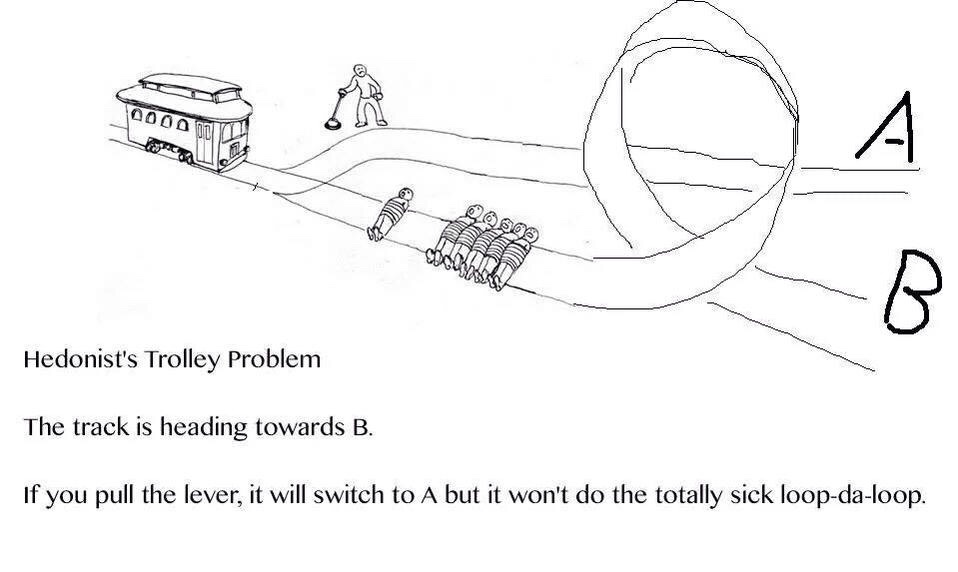For the last few days or so I was in Amsterdam (briefly), Israel and Istanbul. I had some thoughts along the way and I hope you’ll find them interesting.
Amsterdam:
Heineken tastes MUCH better in Amsterdam. Now I won’t be able to drink it States-side, which kind of sucks. Hopefully the memory will fade soon and I will be able to go back to my ignorant bliss.
[On the flip side I had some Sam Adams while in Israel and near spit it out.]
Israel:
1) In the 3 days I was in Jerusalem I wanted to figure out why everyone finds it to be the place for religion. Here’s what I came up with:
These images were taken within the same minute at on Ben Yehuda Street, Jerusalem . However, my camera was set to New York time, so it is really 1:34 am (NY +7). I’ve put up two images because I want to give the best view of the street that I can to make my point: the top image was with flash, which only reaches so far, but does not make blurry images; the second image was long exposure and gives a more accurate view, but, try as I might, I can only hold myself so still. Hopefully you will be able to imagine how it looks between the two. (see this image from Wikipedia too)
The second picture – this is the more accurate to life shot – shows the street to be very bright and, in fact, unusually bright. Times Square-bright even but, as you can see, this street has normal stores and streetlights; no neon, no giant billboards. So how is this feat of lighting achieved?
Nearly everything in Jerusalem is made of the off-white Jerusalem stone. Ben Yehuda street is an old, pedestrian only street with no asphalt and hence is white on 3 sides. This makes it reflect light incredibly well, as I hope you can divine from my shoddy photography.
Imagine the extra hours of usable time that people would have because they needed less fuel for their lamps, and multiply this by thousands of years. I figure that a place with nice weather and well above average lighting conditions, such as Jerusalem, would be conducive to people sitting around reading and arguing about stuff, and hence religious studies.
2) Gaza:
Israel on the whole seemed rather safe and so completely normal while I was there that it was hard to reconcile it with the place the media covers. Granted I didn’t go anywhere near where the fighting was, but I was in Jerusalem and Tel Aviv and observed how people were living, and I thought it could have been San Diego. I’ve never been to San Diego, but I think it must be pretty with a friendly population that mostly speaks English and has nice weather, which was my experience in Israel. So what is going on?
Again, 2 pictures:
The first map is of Israel alone and it is what we see when we are looking at the fighting going on. The second is of the Middle East. When an Israeli thinks about Israel, it is the second map and the distance scale of the first map that come to mind. From this perspective, it looks as if Israel is a teeny bastion of non-Muslims trying to eek out an existence in a world of Islam. If you look at the top map, Gaza doesn’t appear all that big, but since Israel is so small, that little bit of usable land is important.
Of course that bit of land isn’t so important to start killing people over.
However, what I was told, was that Gaza was part of long term strategy to take down Israel from within: Since there are many more Muslims in the region and world, if more can gain residency in Israel through Gaza, then in only a few years they will be able to out vote the Jews. So every settlement matters because each represents an increased voting bloc and tips the balance of power away from the current establishment.
This presents a dilemma because either the Jewish state must change its democratic principles if it wants continued existence, or else die slowly to the ever increasing Muslim population. So the crude, stop-gap solution was to just eradicate the Palestinian settlements. This at least explains some of the reasoning; whether the actions taken were justified is a different question.
Istanbul:
Everyone is interested in Obama. These ads were ubiquitous (notice the second ad right behind the first on the left hand side.):
Garanti is a bank.
This is what Google Translate tells me the text says:
support loan interest rates
using the most comprehensive credit insurance for Turkey is out of 3 women in markets bonus
warranty package to revive the economy of the world will envy
Much of the world still operates with the dollar. I bought some ridiculously nice leather shoes from a dingy shop for US $30 – they didn’t even accept Turkish Lira. I handed the guy 2 20s and the man immediately became concerned: this confused me until he pulled a stack of Benjamins (US 100s) out of his pocket an inch thick and started going through it looking for a 10. He had to go across the street to get me change.
My thought was that the current US president is, for all intensive purposes, on the $100 bill. Money has value because people believe that it guarantees something of worth, goods and services. This guarantee of worth is made by large, trusted institutions likes banks and governments, and as the head of the biggest institution, Obama is where the buck stops.
So the unsurprising conclusion is that the entire world is counting on Obama to fix the financial crisis. I don’t know anything about Garanti Bank, but 1.19% loans do sound good.
